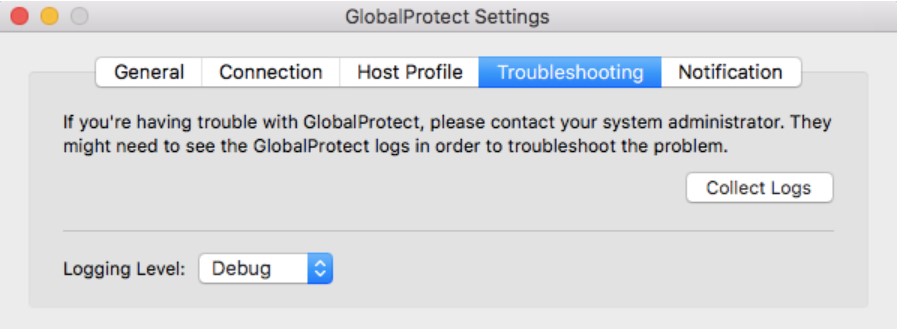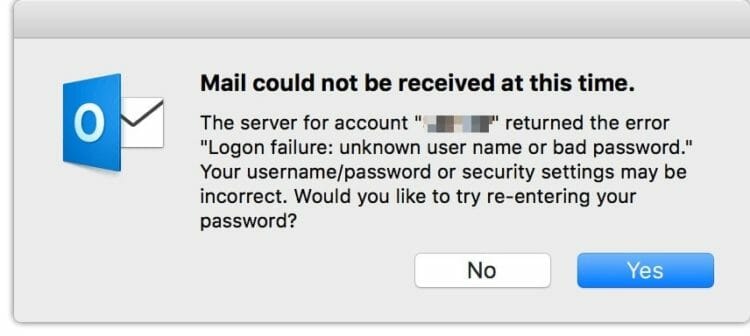

- #MAC KEEPS ASKING FOR VPN CONNECTION PASSWORD INSTALL#
- #MAC KEEPS ASKING FOR VPN CONNECTION PASSWORD ANDROID#
- #MAC KEEPS ASKING FOR VPN CONNECTION PASSWORD PASSWORD#
- #MAC KEEPS ASKING FOR VPN CONNECTION PASSWORD PC#
- #MAC KEEPS ASKING FOR VPN CONNECTION PASSWORD MAC#
It can automatically keep you connected to the VPN network, so you won’t need a tool like VPN AutoConnect.

Select “VPN Details” and you’ll see Tunnelblick’s connection window, where you can configure how it works.įor example, you can have Tunnelblick automatically connect to OpenVPN networks when this application launches. Tunnelblick provides its own menu bar icon for managing your OpenVPN connections. Your OpenVPN server provider should provide them to you.
#MAC KEEPS ASKING FOR VPN CONNECTION PASSWORD PC#
In such cases, your client PC shows the following 'Windows Security' dialog: Enter network credentials Enter your credentials to connect to: servername Possible solutions to this common Windows network sharing issue are outlined below. ovpn file extension and are required for connecting from any OpenVPN client. To make matters worse, this 'password protected sharing' is enabled by default on recent Windows versions.
#MAC KEEPS ASKING FOR VPN CONNECTION PASSWORD INSTALL#
Install Tunnelblick, launch it, and it will ask for the configuration files provided by your OpenVPN server. The official OpenVPN website recommends the open-source Tunnelblick application for this. You’ll need a third-party application for connecting to OpenVPN VPNs.

If you want to save a dollar or just prefer DIY solutions, you could rig up your own auto-VPN-reconnect solution using AppleScript.
#MAC KEEPS ASKING FOR VPN CONNECTION PASSWORD MAC#
It’s available for $1 on the Mac App Store. To save yourself some time and hassle, use the VPN AutoConnect application. It will handle re-establishing a connection if your VPN goes offline.īy default, your Mac won’t automatically reconnect to the VPN if the connection dies. We strongly recommend using the official client for your VPN of choice as outlined above. Use this menu to connect to your VPN and disconnect from it as necessary.Īutomatically Reconnect to a VPN When the Connection Drops Update, 9/14/21: The third-party application we recommend for automatically connecting to a VPN is no longer guaranteed to work with modern versions of macOS. Before you do, you can enable the “Show VPN status in menu bar” option to get a menu bar icon for managing your VPN connection. You could uncheck these boxes to prevent the Mac from automatically disconnecting.Ĭlick “Apply” to save your settings. For example, the default settings automatically disconnect from the VPN when you log out or switch users. The “Advanced” button allows you to configure the VPN connection in other ways.
#MAC KEEPS ASKING FOR VPN CONNECTION PASSWORD PASSWORD#
The “Authentication Settings” button allows you to provide the authentication you’ll need to connect-anything from a password or certificate file to RSA SecurID, Kerberos, or CryptoCard authentication. Scroll down for instructions for connecting to OpenVPN networks.Įnter the VPN server’s address, your username, and other settings. If that doesn't work, turn your device on and off, and try opening Safe Wi-Fi and enabling VPN protection again.Like other operating systems, macOS doesn’t include built-in support for OpenVPN networks.Open the Safe Wi-Fi app and enable VPN protection.Try connecting to the network again in the app.Go to Settings > Wi-Fi and turn off Smart network switch, if your device has this option.Press and hold down on the Safe Wi-Fi icon > App Info > Storage > Clear Data.Go to Settings > Wi-Fi > Advanced and turn off Avoid poor connection in your device Settings, if your device has this option.
#MAC KEEPS ASKING FOR VPN CONNECTION PASSWORD ANDROID#

Youll be prompted to enter a username/password.


 0 kommentar(er)
0 kommentar(er)
